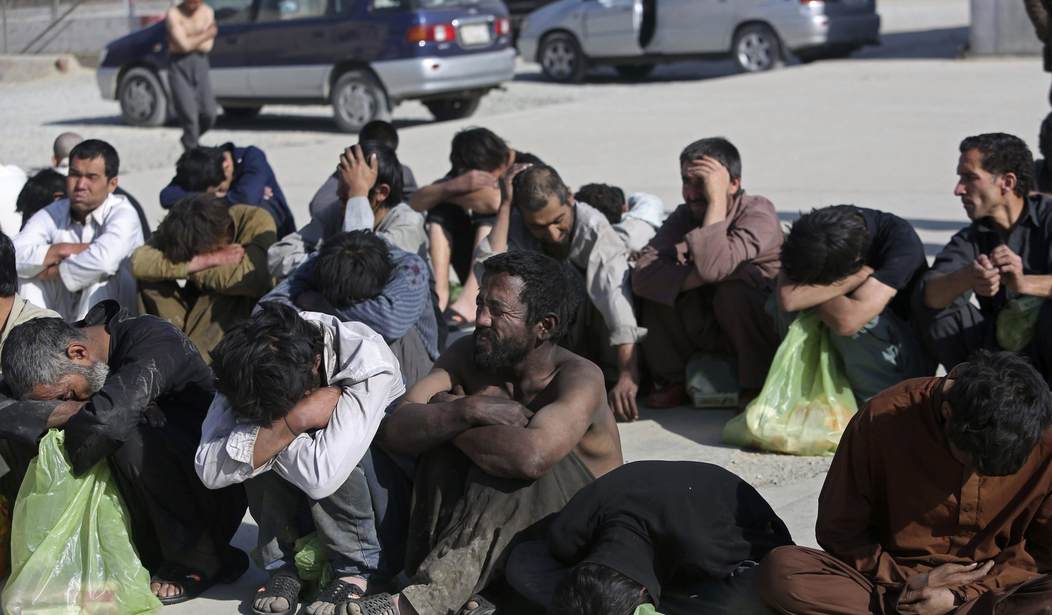WASHINGTON — The business of opium poppies is booming in Afghanistan, with interconnected drug traffickers and terrorist organizations harvesting the benefits, according to a new report submitted to Congress.
The quarterly report from the Office of the Special Inspector General for Afghanistan Reconstruction (SIGAR) noted that the country produced $3.02 billion in opiates last year, up from $1.56 billion in 2015 — this despite $8.6 billion in counternarcotics funds from the U.S. The crop is expected to be even larger this year.
Afghanistan produces some 80 percent of the world’s opium, and crop eradication efforts that were stepped up this spring still only dug up 0.3 percent of the poppy fields.
The fast-blooming industry isn’t just hooking heroin-hungry nations, but also hurting Afghans trying to recover from years of war and continuing attacks from various terror groups operating within their borders. “Drug use among women and children is among the highest documented worldwide, and 30.6% of households tested positive for some form of illicit drug,” the SIGAR report states. “Afghan drug use generates crime, funds the insurgency, and costs the Afghan government hundreds of millions of dollars in health-care costs, crime prevention, and lost economic productivity.”
A revised U.S. counternarcotics strategy that “will focus on building Afghanistan’s capacity to counter narcotics and will support the country’s goals and objectives” has been delayed since last year, and has now been complicated by the current administration phasing out the office of the Special Representative for Afghanistan and Pakistan at the State Department.
A 2016 survey found 17 percent of farmers didn’t cultivate poppies for fear of the practice being un-Islamic, 10 percent feared addiction and only 9 percent feared their crops would be eradicated by the government. Forty-nine percent said money was their driving force in growing poppies.
Programs aimed at curbing poppy-growing have included steering Afghans toward growing other profitable crops, as well as strengthening “community-based business infrastructure, such as irrigation, transportation, and facilities.”
The United States has also been helping Afghanistan face the drug abuse crisis by “funding a new rural treatment program to expand substance abuse treatment to the hardest-hit local communities,” the report notes, adding “the demand for treatment and prevention services far exceeds the capacity of the centers, most of which have extensive waiting lists for new patients.”









Join the conversation as a VIP Member